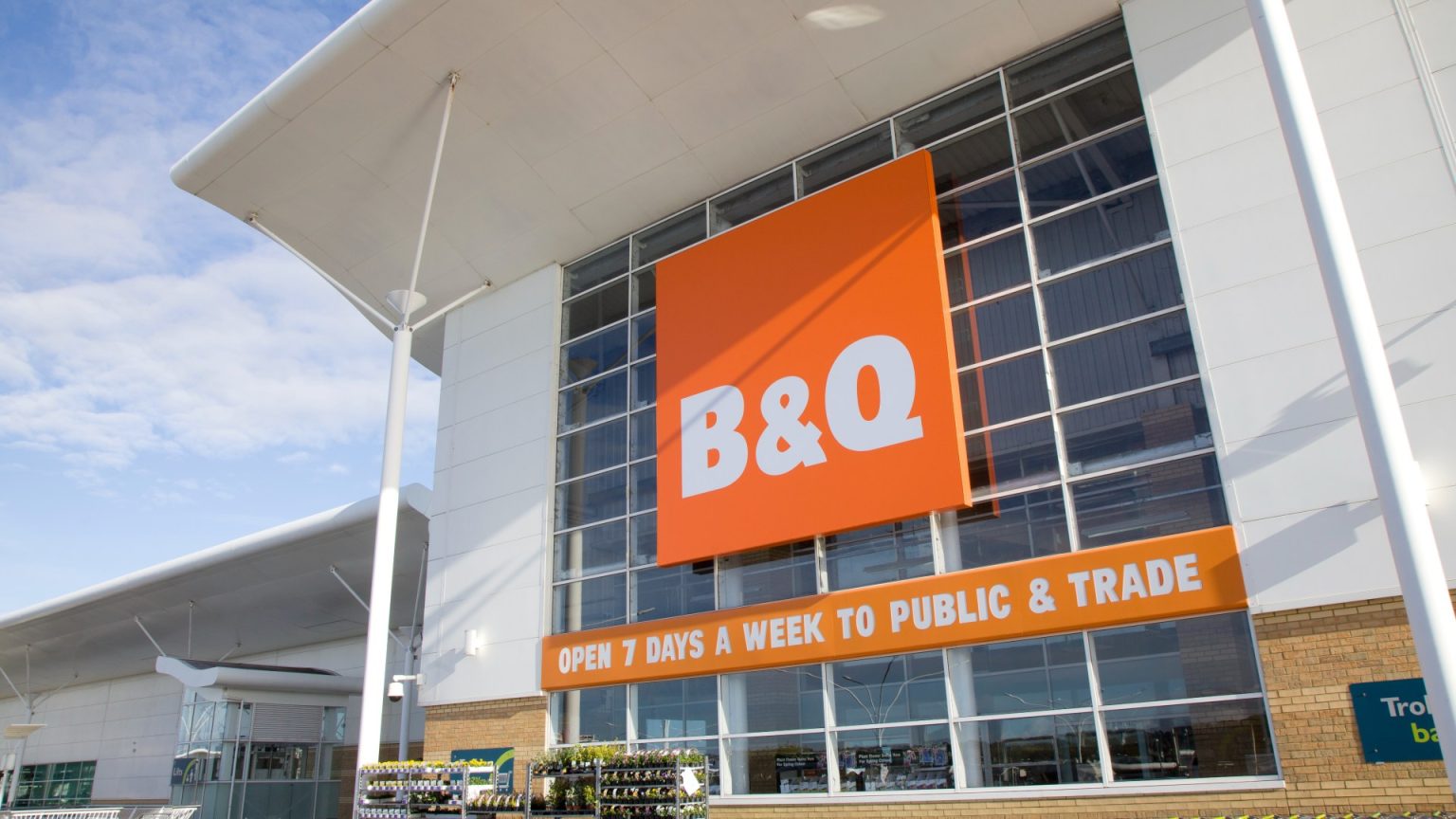Protecting your pipes from freezing during the winter months is a crucial homeowner responsibility, and a simple, inexpensive solution can prevent significant damage and costly repairs. A tap jacket, costing under £5 from retailers like B&Q and Amazon, acts as an insulated protector for exposed outdoor faucets. This prevents freezing, which can add pressure to internal pipes and lead to bursts. Keeping the jacket on throughout January and February, the coldest months, provides peace of mind and significantly reduces the risk of costly plumbing issues. It’s a small investment that can prevent repairs averaging between £150 and £600, depending on the severity of the damage. Coupled with disconnecting any attached hoses, this simple precaution effectively safeguards outdoor plumbing.
Beyond protecting outdoor taps, knowing the location of your stopcock is essential for rapid action in case of a burst pipe emergency. Surprisingly, almost half of UK homeowners are unaware of their stopcock’s location, highlighting the need for familiarization. Internal pipes, especially those exposed in unheated areas like garages and basements, are also vulnerable to freezing. Investing in pipe insulation, readily available from DIY stores for as little as £1, provides an additional layer of protection. Wrapping these exposed pipes helps maintain warmer temperatures and prevent potential damage.
Maintaining a consistent indoor temperature during winter further mitigates the risk of frozen pipes. Encouraging warm air circulation throughout the house by keeping interior doors open, even those leading to cupboards housing tanks and pipes, helps prevent cold spots. Draught excluders for doors and windows, available for under £10 from various retailers, further enhance insulation and minimize cold air infiltration. These combined measures create a more consistent temperature, protecting pipes from extreme temperature fluctuations.
For homeowners planning to leave their homes unoccupied during cold spells, additional precautions are necessary to prevent frozen or burst pipes. Maintaining a thermostat setting between 12°C and 15°C, even in an empty house, prevents pipes from freezing. While understandably reluctant to heat an empty house, this preventative measure outweighs the potential cost of repairs. Alternatively, using a boiler timer to activate heating for short periods each day or utilizing smart technology for remote temperature control offers flexible solutions.
For extended absences, turning off the water supply at the stopcock is advisable. This eliminates the risk of leaks and burst pipes caused by freezing while the house is unattended. Proactive preparation is key to preventing cold weather damage. This includes ensuring the boiler is serviced annually by a registered Gas Safe engineer, a process costing around £100. A serviced boiler is less likely to malfunction during cold weather, potentially averting both a cold house and frozen pipes.
A boiler service can also improve efficiency, allowing for a slight reduction in the overall thermostat setting while maintaining comfortable warmth. The Energy Saving Trust recommends a thermostat setting between 18°C and 21°C, finding the lowest comfortable temperature for optimal energy efficiency. These preventative measures, from inexpensive tap jackets to regular boiler maintenance, contribute to a warm, safe, and damage-free home throughout the winter months. By addressing potential problems proactively, homeowners can avoid costly repairs and ensure peace of mind during the coldest times of the year.


